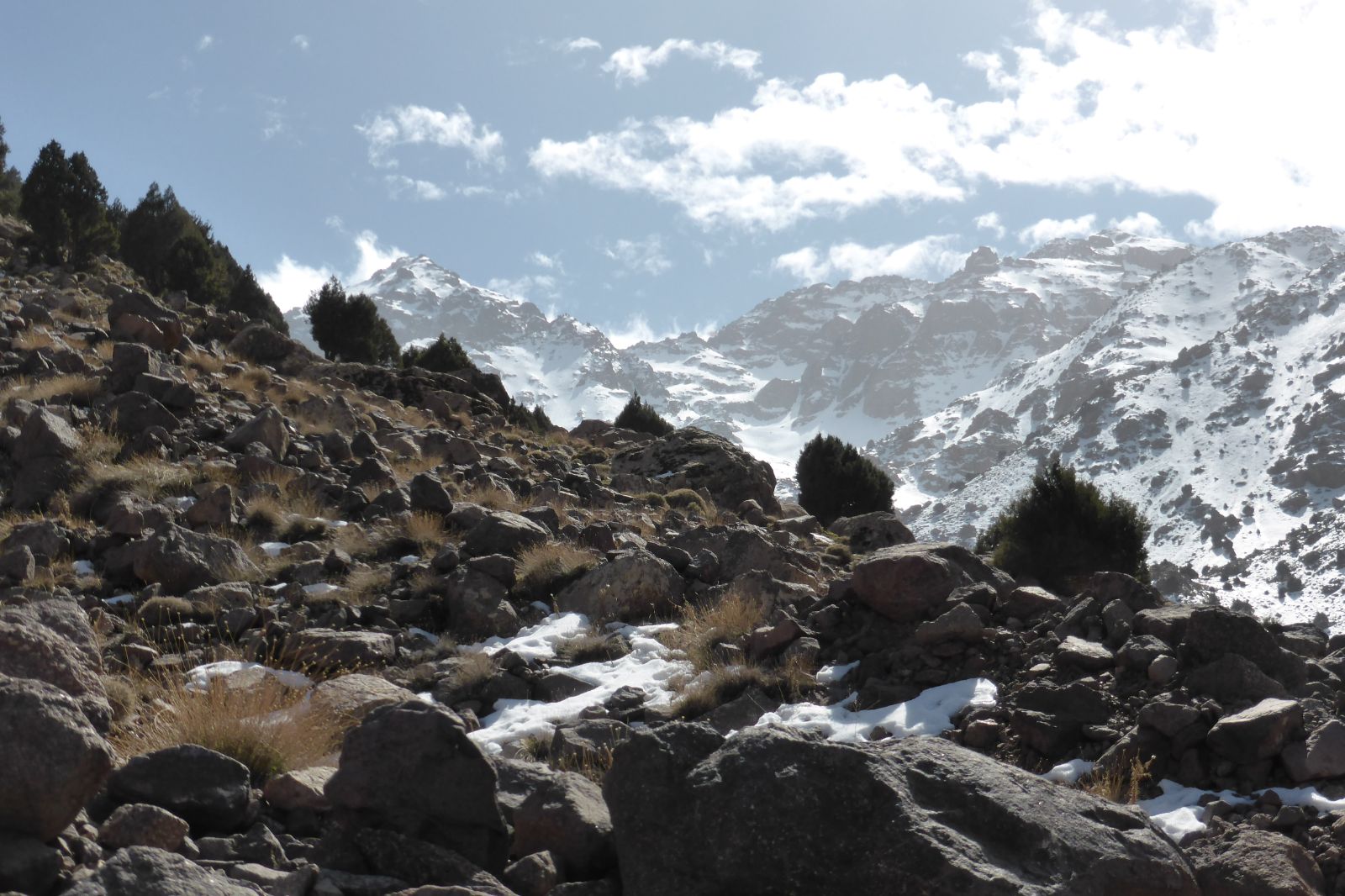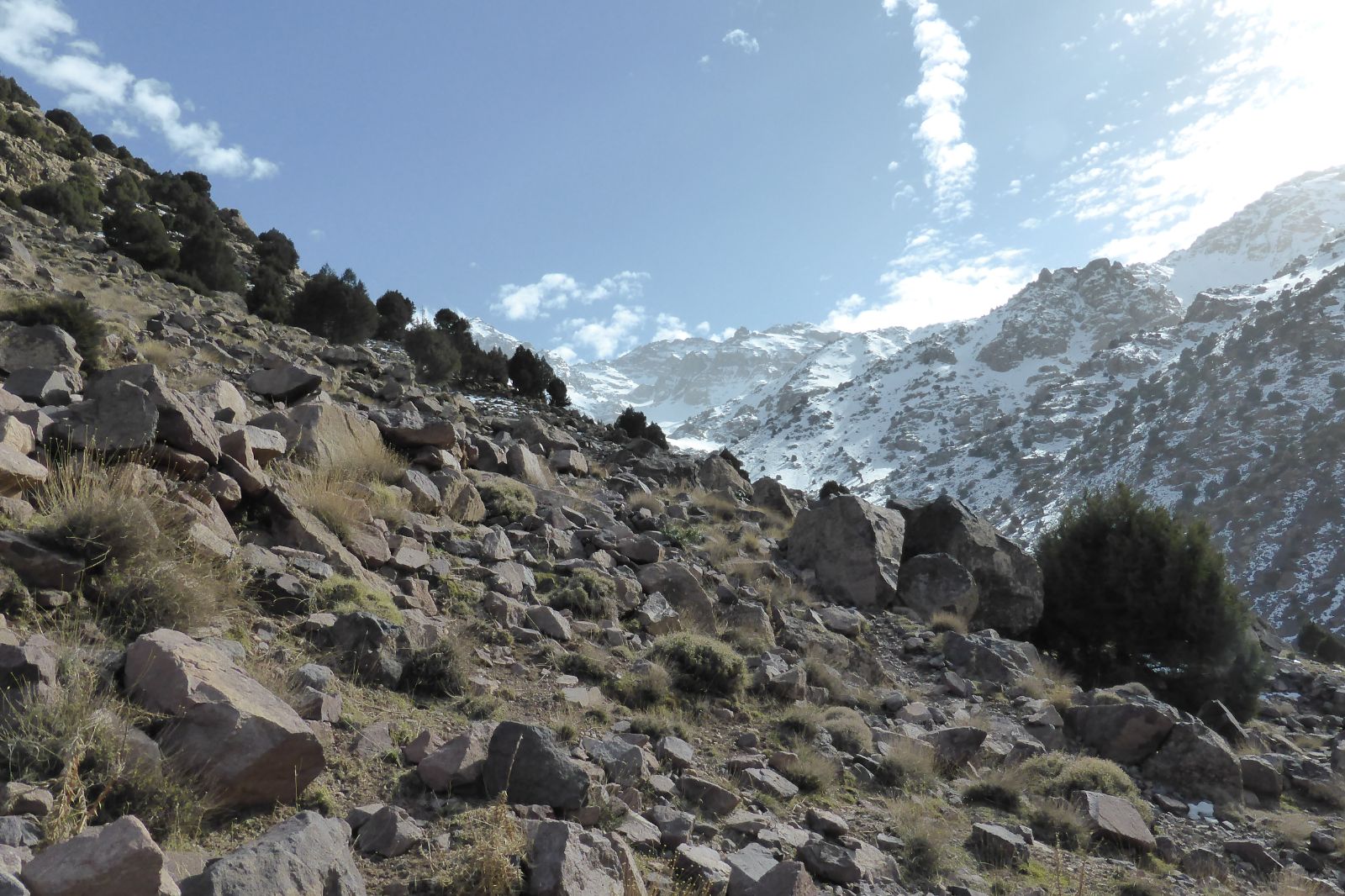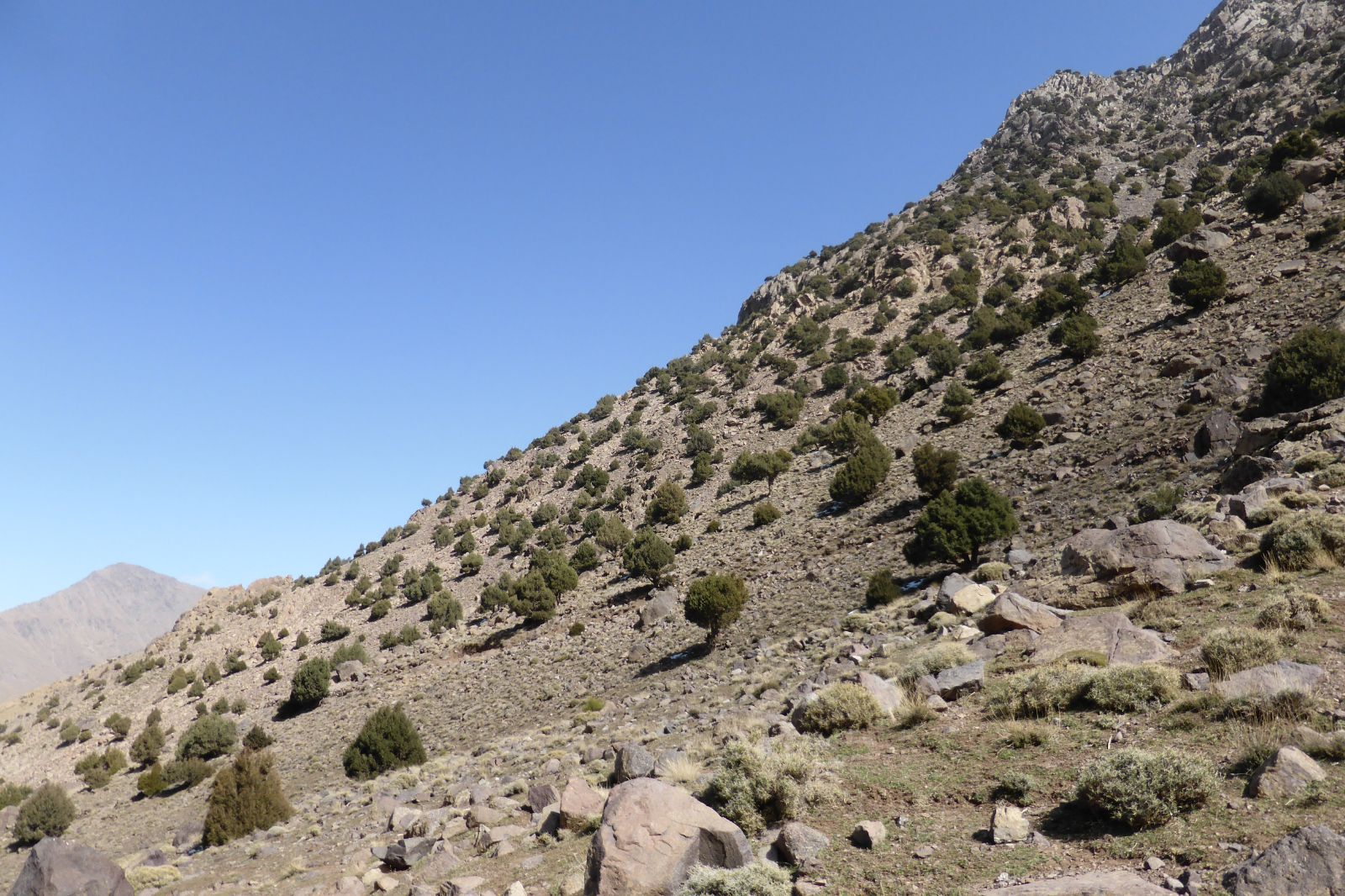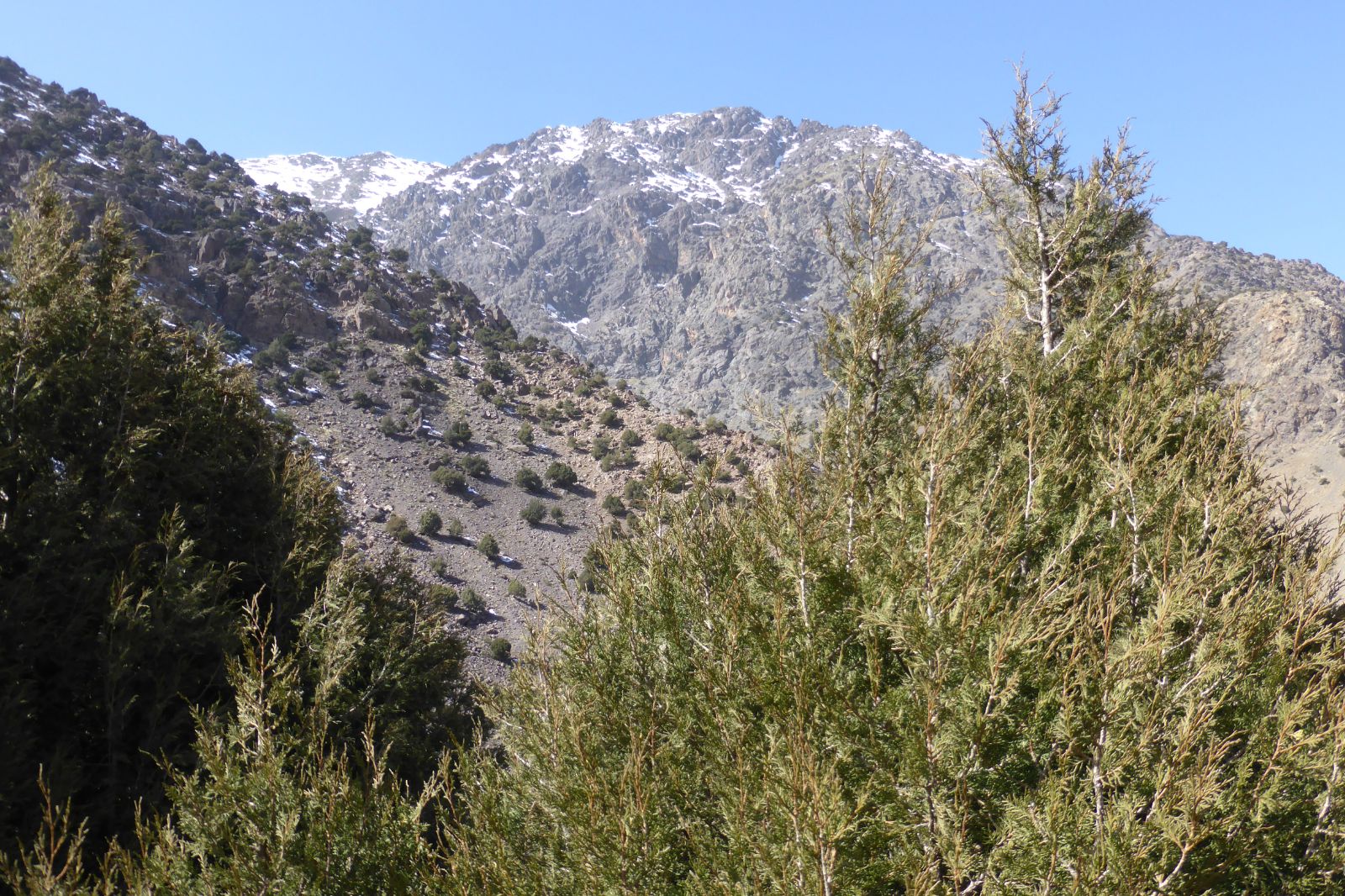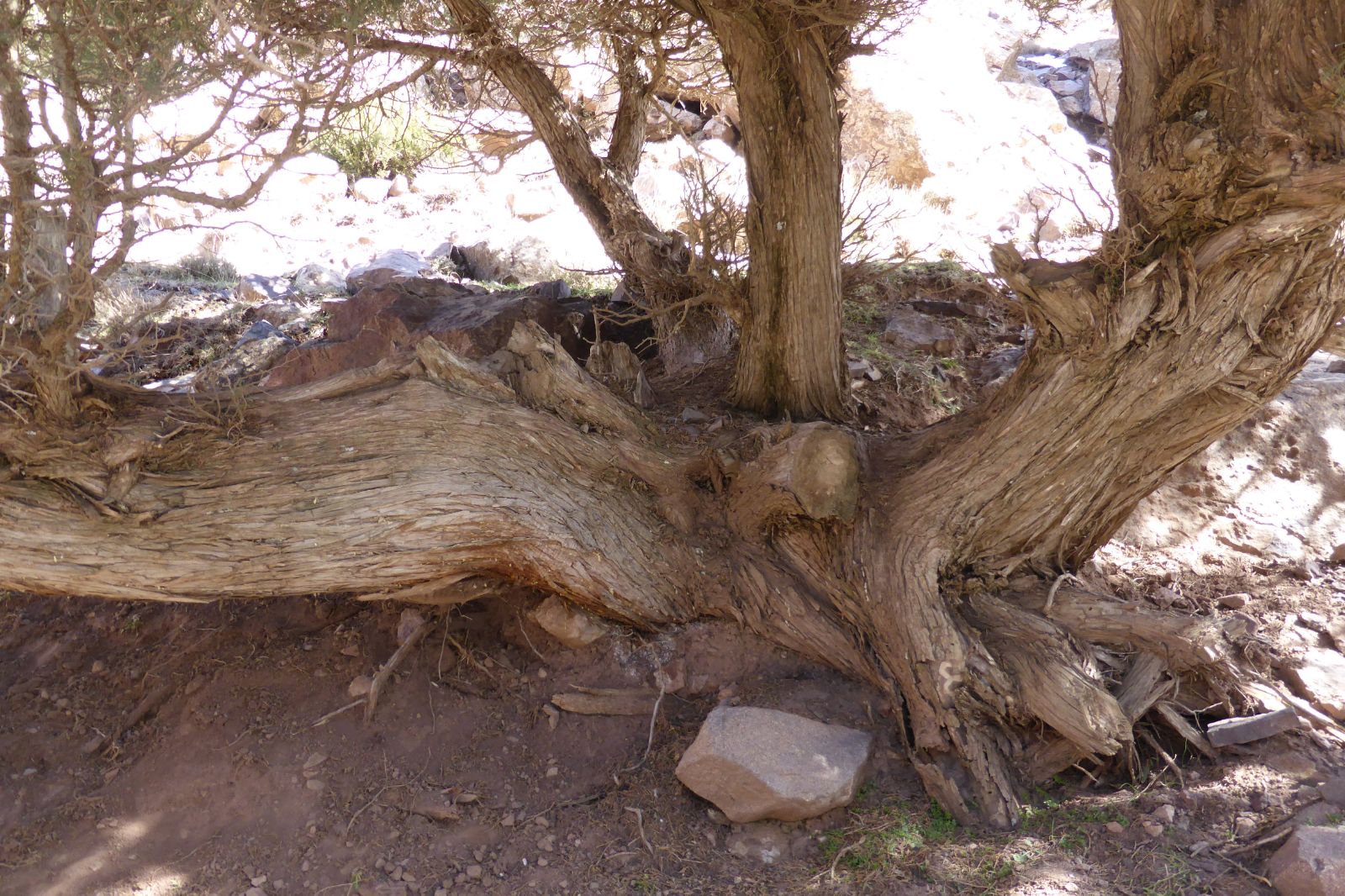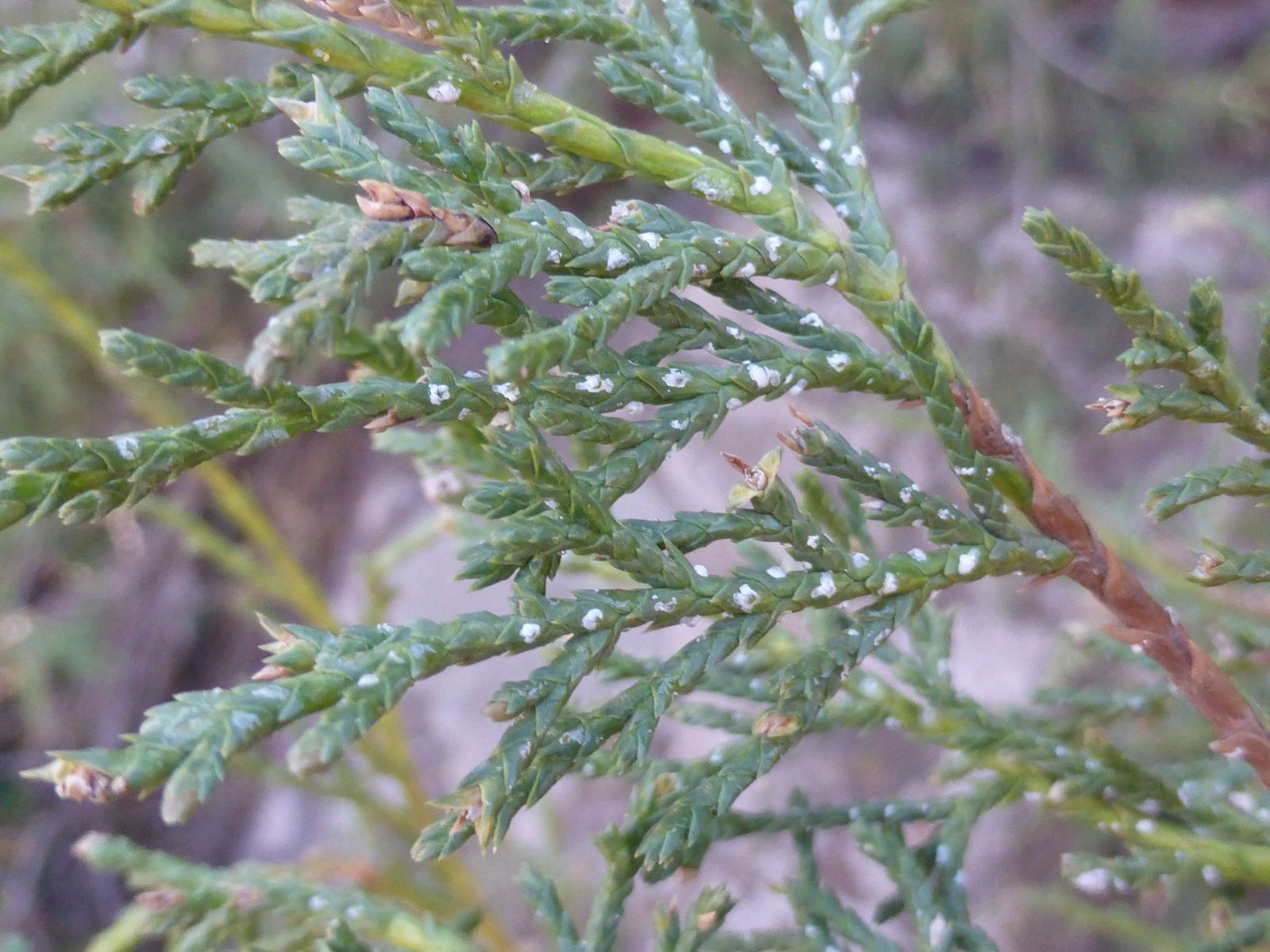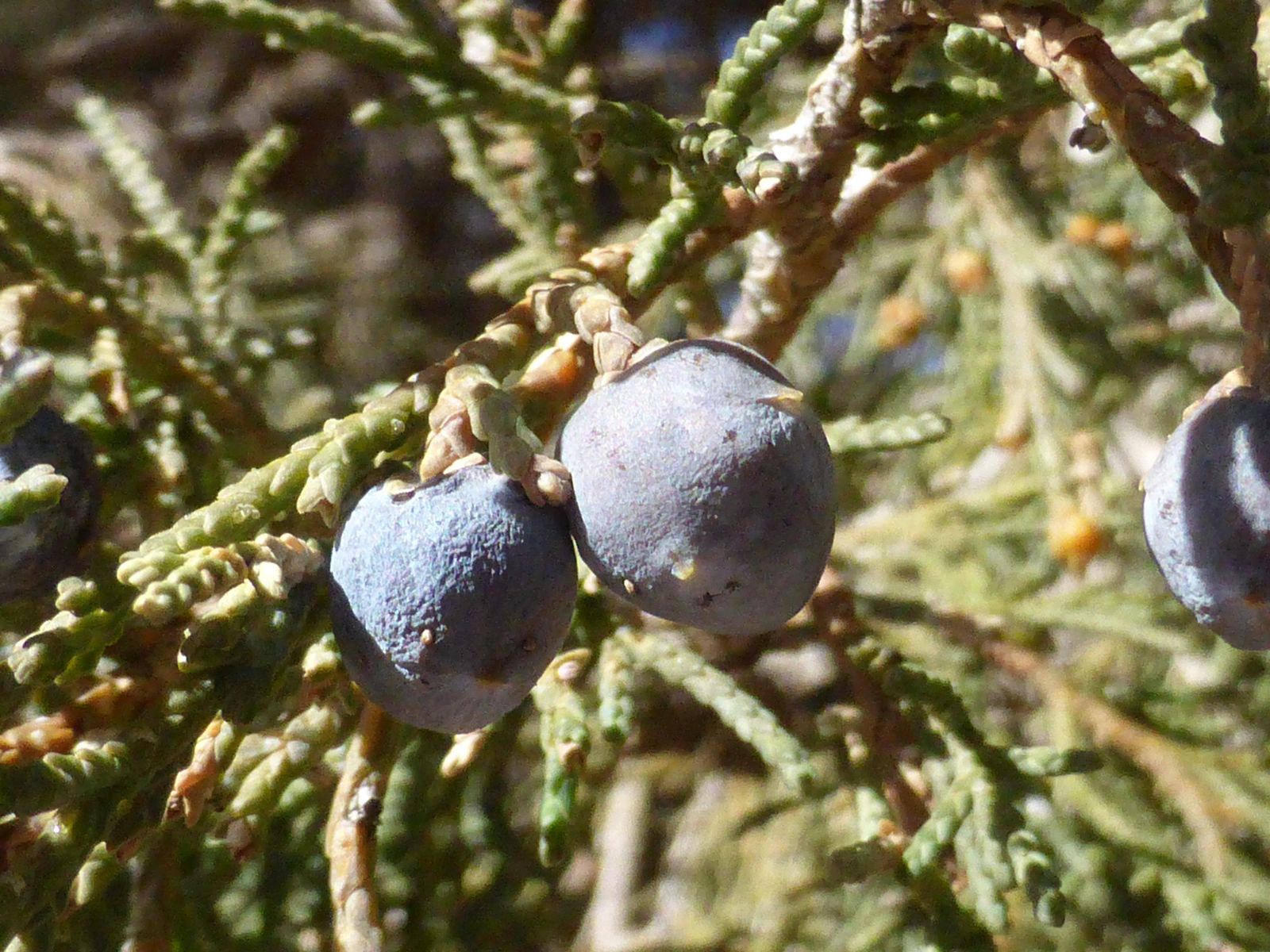Juniperus thurifera
Credits
Article from Bean's Trees and Shrubs Hardy in the British Isles
Recommended citation
'Juniperus thurifera' from the website Trees and Shrubs Online (treesandshrubsonline.
Genus
Common Names
- Spanish Juniper
Other taxa in genus
- Juniperus bermudiana
- Juniperus cedrus
- Juniperus chinensis
- Juniperus communis
- Juniperus conferta
- Juniperus deppeana
- Juniperus drupacea
- Juniperus excelsa
- Juniperus flaccida
- Juniperus foetidissima
- Juniperus formosana
- Juniperus horizontalis
- Juniperus komarovii
- Juniperus occidentalis
- Juniperus oxycedrus
- Juniperus phoenicea
- Juniperus pingii
- Juniperus procera
- Juniperus procumbens
- Juniperus recurva
- Juniperus rigida
- Juniperus sabina
- Juniperus saltuaria
- Juniperus scopulorum
- Juniperus semiglobosa
- Juniperus squamata
- Juniperus tibetica
- Juniperus virginiana
- Juniperus wallichiana
A tree 30 to 40 ft high in the wild; narrowly pyramidal in cultivation. Leaves of two sorts, viz., awl-shaped and scale-like; the former sharply pointed, 1⁄8 to 1⁄6 in. long, arranged in opposite pairs in four superposed rows, the upper surface having two glaucous lines separated by a green one; scale-like leaves 1⁄20 to 1⁄16 in. long, pointed, and with a hollow at the back. Intermediate forms occur. Fruits 1⁄4 to 1⁄3 in. diameter, roundish, covered with glaucous bloom when ripe.
Native of Spain, S.E. France, and N. Africa; long introduced, but rare. It is fairly hardy at Kew, and is now about 30 ft high, most of its foliage being of the juvenile or intermediate kind. Its young shoots are nevertheless occasionally much cut by severe winters, as they were in that of 1908–9. The trees are unisexual.
This juniper is not common in cultivation, but the following examples have been recorded: Sheffield Park, Sussex, 45 × 3 ft (1960); Leonardslee, Sussex, 33 × 21⁄4 at 3 ft (1962). There is a smaller one at Westonbirt, Glos.
The French stands of this juniper are of great interest, being far removed from the main area of the species; the best known is the Genévraie de St Crepin in the upper valley of the Durance, where the climate is abnormally dry.
From the Supplement (Vol. V)
specimens: Borde Hill, Sussex, 33 × 21⁄2 ft (1981); Hillier Arboretum, Ampfield, Hants, 25 × 11⁄2 ft.

